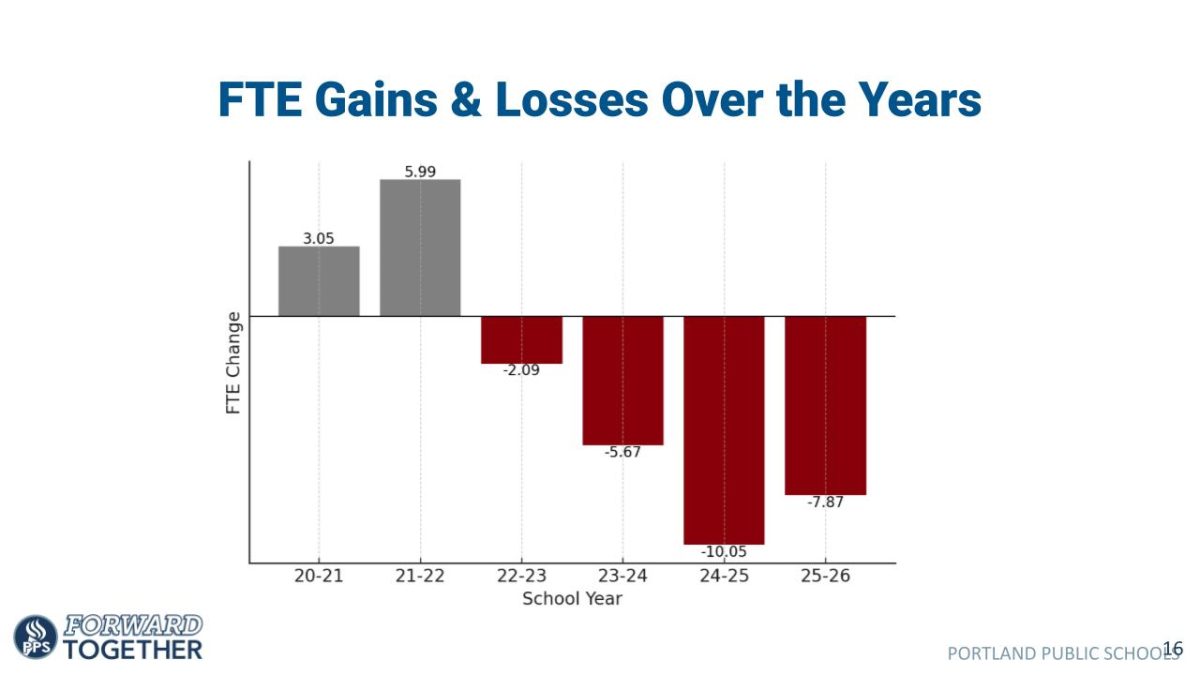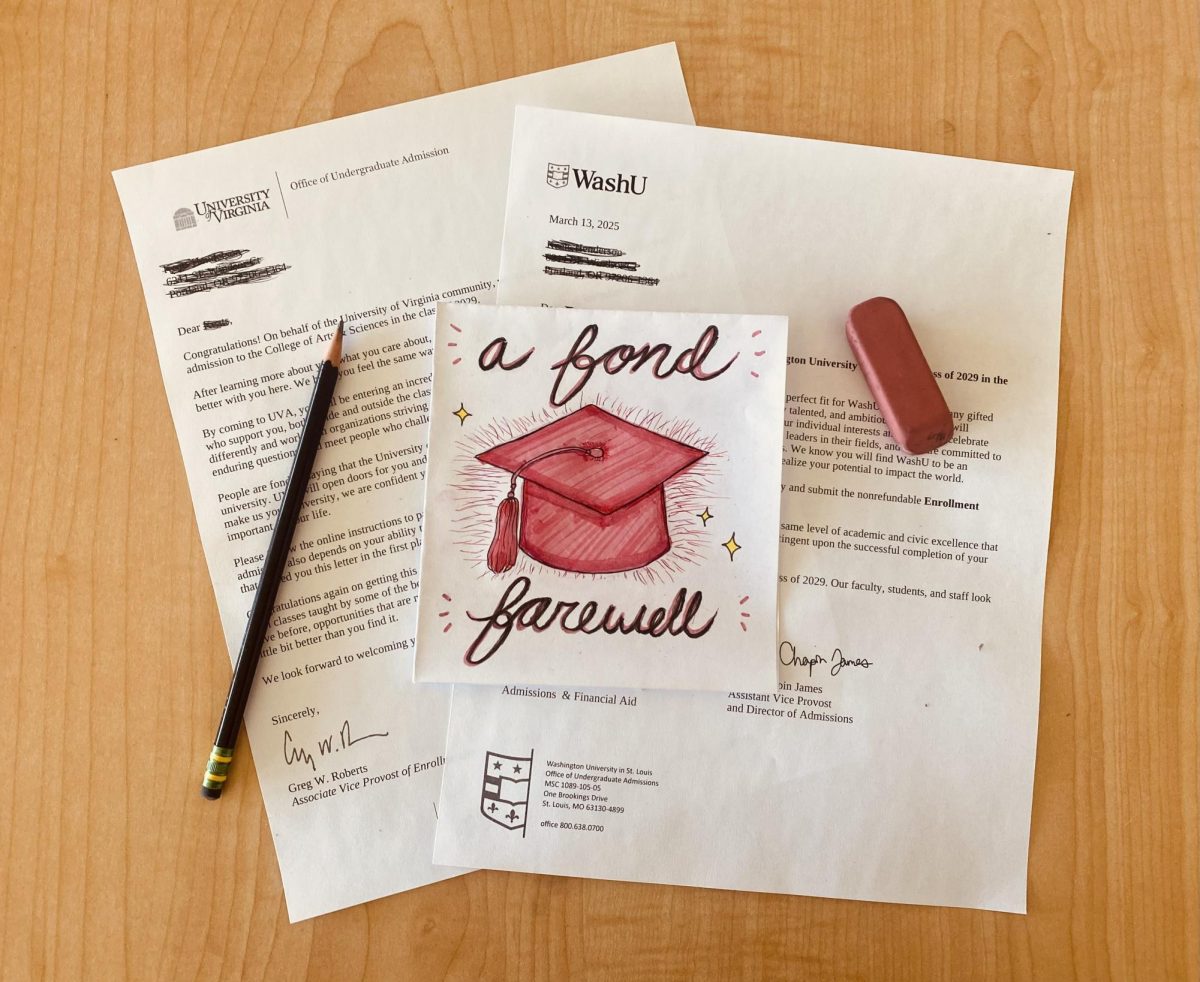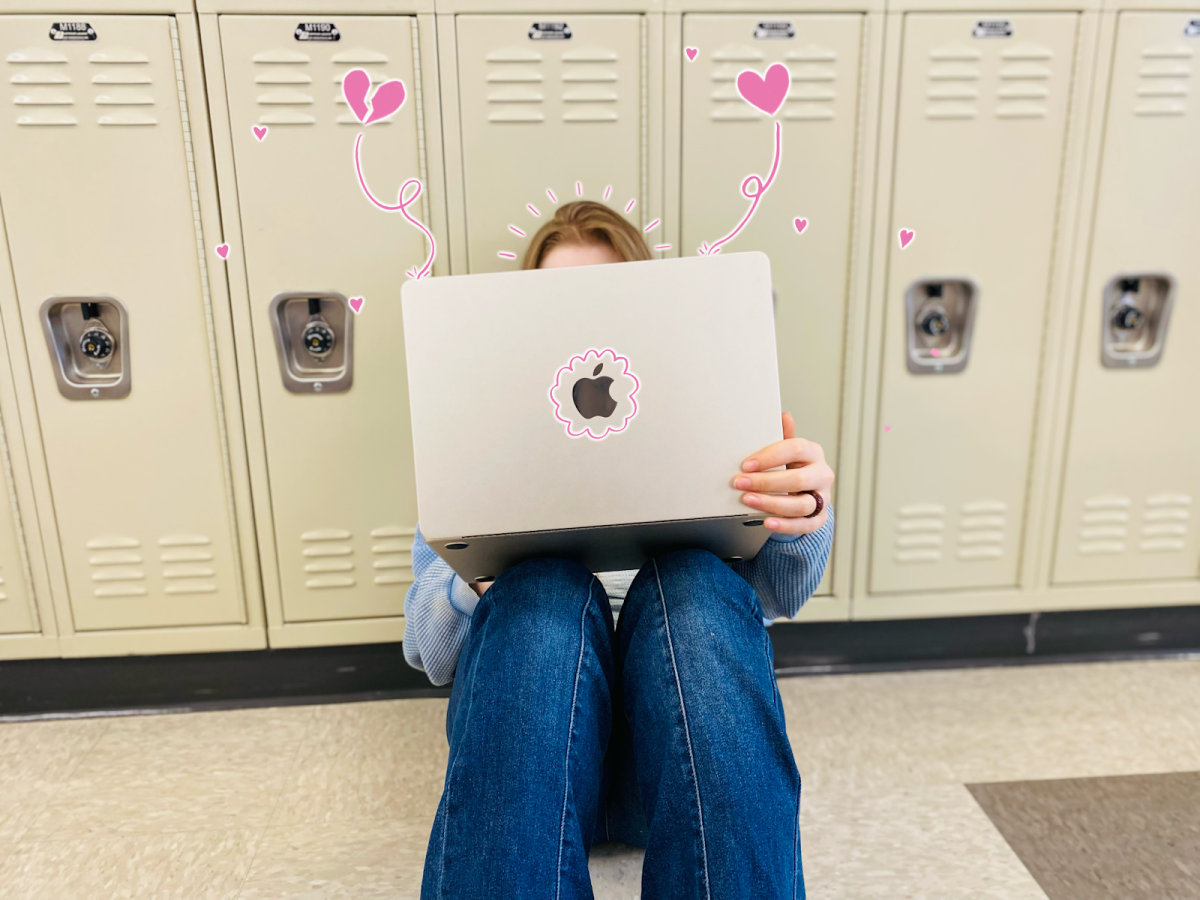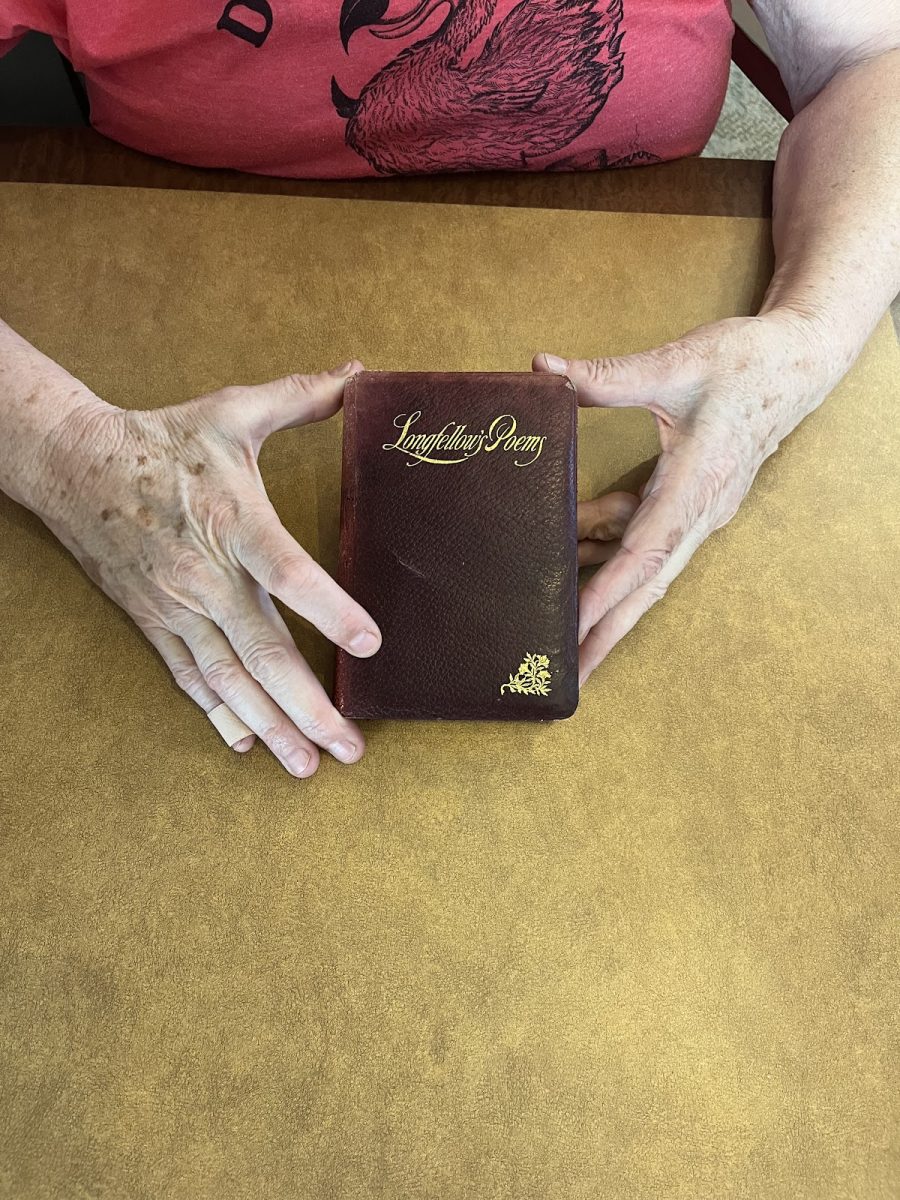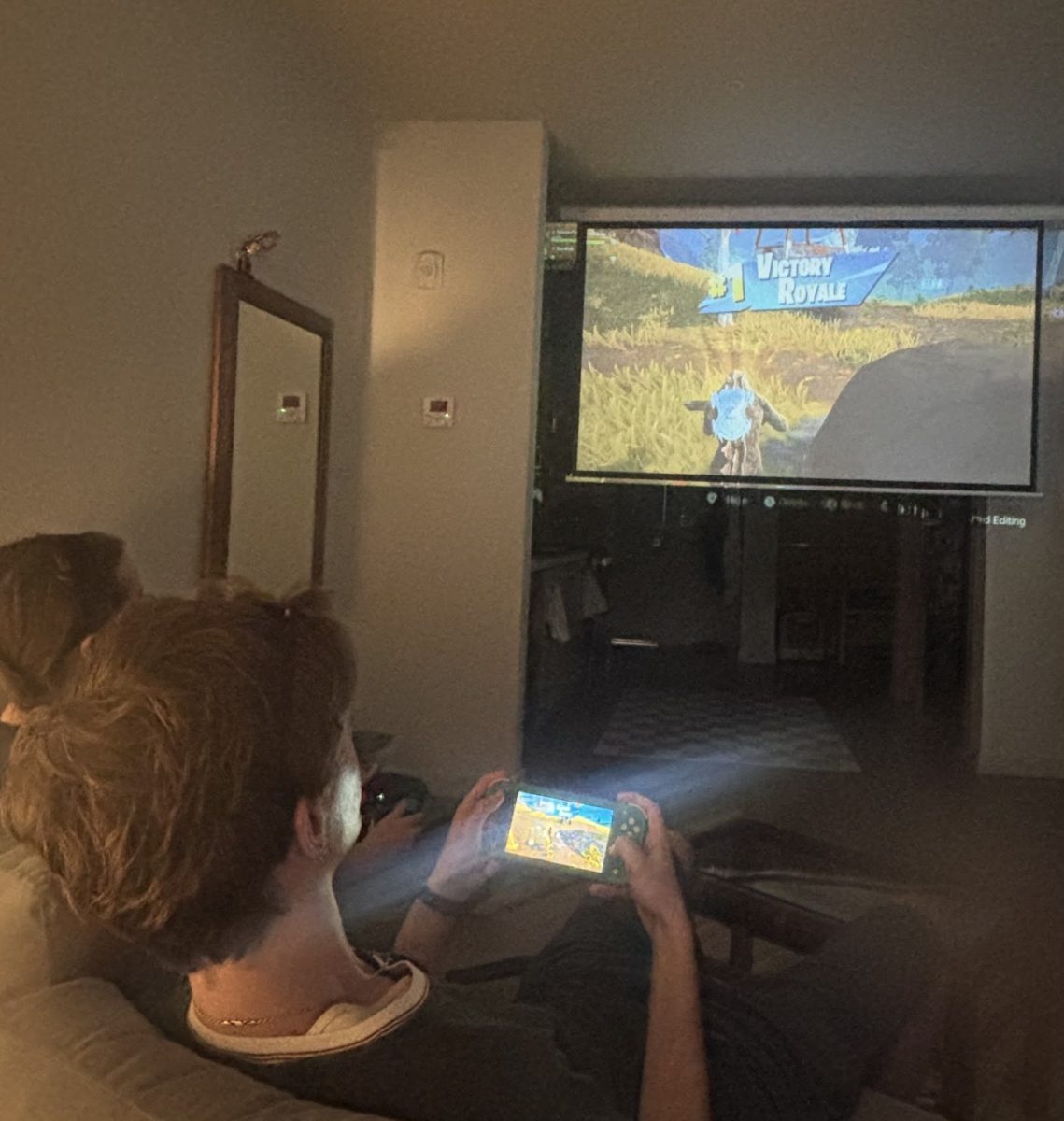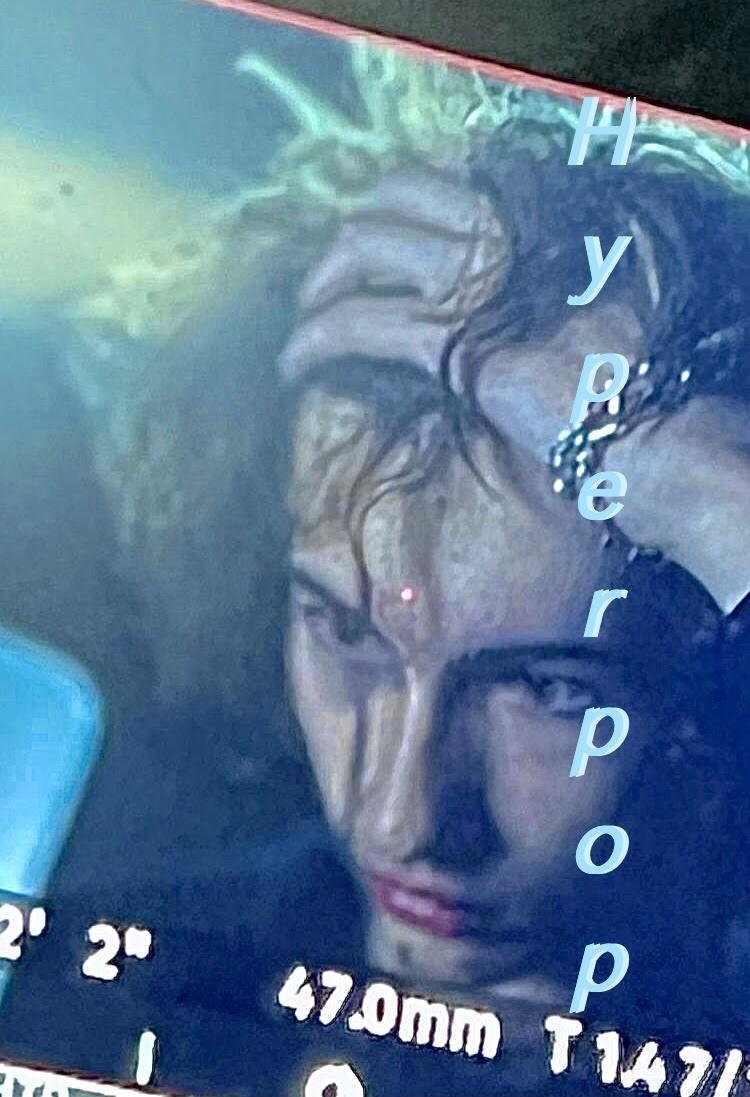In 2019, Dylan Brady and Laura Les, better known as the duo 100 Gecs, dropped their first album, 1,000 Gecs with features such as “Slayyyter,” “Gupi,” “Caroline Polachek,” “Hannah Diamond,” and “Kim Petras.” Hyperpop truly came into being when Spotify editor Lizzy Szabo and her coworkers landed on the name for their August 2019 playlist, turning all the microgenres into one, truly starting to give the genre mainstream attention, and setting it on its path to success.
But what is hyperpop? And why is it so popular? Well, hyperpop is a loose term for a wide range of micro-genres like digicore and glitchcore merged into one thing to make it easier to categorize. Hyperpop itself is a mimic, a sort of parody of pop, turning something generic that you would hear on 95.5 into something ugly, loud, and “hyper.” Hyperpop pulls inspiration from genres like EDM, pop, bubblegum bass, and mumble rap (depending on what part of the genre you’re looking at). From the pitched up auto-tuned vocals of 100 Gecs to the fast indie beats of Glaive, the genre is very fluid and hard to describe.
Hyperpop originated from the London based label, PC Music. Founded in 2013 by A.G. Cook, PC Music is a label dedicated to signing more experimental artists such as Hanah Diamond, Astra King and Hyd, and really created hyperpop’s own unique style and sound. The first real look into mainstream hyperpop came with the release of QT, a project created by the Scottish producer SOPHIE and A.G. Cook, to promote the semi-fictitious energy drink ‘QT energy’. In this early version of hyperpop, you can hear its influences on the current state of the genre, such as the pitched-up vocals of Hayden Dunham or the bright synths like bubblegum bass in the track “Hey QT” released in 2014 on XL Recordings.
But what made hyperpop become big? Well, as previously mentioned 100 Gecs released their album 1000 Gecs, which featured a unique sound with distorted loud bass noises and pitch vocals that very quickly drew an audience in, due to its newer sound. Orachs, an artist in the genre, said, “A lot of hyperpop artists started making music in the pandemic and connecting each other.” Artists like Glaive and Kmoe started creating music in the pandemic out of boredom. Being stuck inside moved most communication to the internet, which allowed for a creation of a real scene.
Another major aid in growing the genre has been TikTok. From the strong fanbase of 100 Gecs blowing up ‘Money Machine’, and CMTEN’s track ‘Never Met’, and Rico Nasty’s song ‘IPHONE’, the genre probably wouldn’t be where it is today without help from TikTok itself.
So why do people listen to hyperpop? Well, it’s for the same reason someone would listen to any other genre of music that’s more ‘out there’ then the norm: difference. It’s new, it’s exciting, and it’s different, and that normally will attract any fanbase. It could also be the fact that people can apply the lyrics to their personal lives, or the way the hyperpop artists express themselves. Orachs said the reason he thinks it’s so popular is “relatability.” Since it’s the pandemic, people have been isolated, and aren’t able to connect with people and express themselves the way they want to, so this gives them a way to do that. Orachs goes on to say, “since a lot of the artists in the scene are around my age and dealing with problems that a lot of teenagers are, it can resonate with a large community of people.” Another factor could be the pandemic; since we were stuck inside all the time, something completely out of the ordinary could be quite appealing to a very bored audience.
There are a wide variety of artists within the genre, and not in the music sense. Hyperpop is probably one of the most inclusive genres ever. The LGBTQ+ community has a major influence on it, with many key figures like Sophie Xeon, most commonly known as SOPHIE.
SOPHIE was a Scottish producer and was a prominent figure in the hyperpop community most known for her grammy nominated album Oil of Every Pearl’s Un-Inside and her work on QT, along with associating with artists on PC music. Being one of the most influential artists, she inspired a lot of small artists and influenced the style of the genre with her unique production.
Another person heavily associated with hyperpop and often considered the “Queen of Hyperpop” is Charli XCX, most known for featuring in music such as “Fancy” by Iggy Azalea, and her own 2014 album Sucker. Over the years she has been releasing more experimental music, and in her words, “Music I wanna make.” With this entrance into the more experimental genre, Charlie XCX released an album in 2017 called Vroom Vroom. In that same year A.G. Cook (the creator of PC Music) became executive producer and creative director, allowing her to fully express her new form and style, further leaving an imprint on hyperpop, and inspired many artists to make music in the genre.
Though hyperpop is normally viewed as loud, and this new form of music has high pitched vocals, there is another more toned down more mainstream version of this genre. Slowsilver03 is a group consisting of artists like Kmoe, Glaive, P4kr/Osquinn, Angelus, and Kurtains. This whole section of the genre came out of the pandemic and exploded in the less mainstream section, yet tends to be more unique in its style. Taking inspiration from EDM, rap, and pop it is more toned down, and is an easier version of hyperpop to listen to, that may appeal to a more mainstream audience. Artists like Glaive (who many consider to be the king of hyperpop) show this more mainstream version in songs like “astrid,” produced by FROMTHEHEART. “Astrid” takes a more laid back approach to the fast pace of hyperpop, while at the same time becoming more emotional and melancholy in its lyrics. Unlike tracks from EricDOA which take a more pop/rap approach to the genre, with songs like “thingsudo2me”, “fantasize”, and “sheaskedwhatmylifeislike”.
But the genre as a whole doesn’t seem like its growth is going to be stopping at any point as Glaive just went from 800k monthly listeners to 1 million in the month of September, being heavily promoted by Spotify through their playlist “hyperpop.” Spotify’s role in hyperpop’s growth could not be credited enough, as it was one of things that exposed it to more mainstream audiences. Sitting at around 238,000 likes, the playlist is used to promote new upcoming artists, while pushing the audience of the larger artists to new audiences. Although it may have killed off the names of other genres and turned them into one, doing so made the genre more mainstream, and overall larger in fanbase.
Although hyperpop exists as a smaller entity in the overall music industry, the exponential growth of the genre is putting it into a more mainstream audience, predicted to become more and more mainstream for the years to come.



